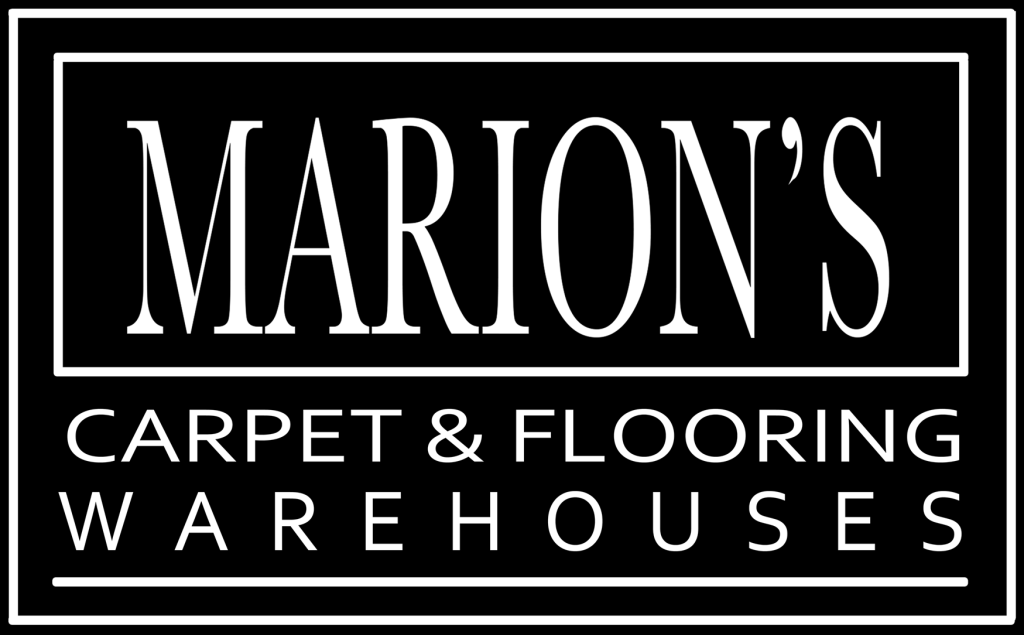Marion's Blog > The Impact Of Humidity On Different Types Of Wood Flooring
The Impact Of Humidity On Different Types Of Wood Flooring
Tuesday, February 04, 2025
Marion's Carpet & Flooring Warehouses has been serving the Portland and Wilsonville areas since 1965. With over 40,000 square feet of display area, we offer an unparalleled selection of flooring options to meet every need and preference. Today, we're exploring how humidity affects various wood flooring types – crucial knowledge for homeowners in our Pacific Northwest climate.
When moisture meets wood: The hidden battle in your flooring
Wood flooring brings timeless beauty to any home, but its natural composition makes it particularly sensitive to environmental conditions. In the Pacific Northwest, where humidity levels fluctuate between damp winters and drier summers, understanding how moisture affects your investment is essential for maintaining its beauty and longevity.
How different wood species respond to humidity changes
Not all wood flooring reacts to moisture in the same way. The species of wood dramatically influences how your floors will handle humidity fluctuations:
- Oak flooring (red and white): With a stability rating of "excellent," oak has a relatively low expansion coefficient, making it one of the more stable options for areas with moderate humidity fluctuations. This is why it remains a popular choice for homes throughout Oregon and Washington.
- Maple flooring: Though exceptionally hard and durable, maple has a higher expansion rate than oak. In high humidity environments, maple floors may experience more noticeable swelling, potentially leading to cupping or crowning if not properly acclimated.
- Exotic hardwoods (Brazilian cherry, teak): Many exotic species offer excellent stability in changing humidity conditions. Teak, with its naturally high oil content, provides superior moisture resistance, while Brazilian cherry offers exceptional dimensional stability even with seasonal changes.
- Pine and other softwoods: These more affordable options typically have lower density, making them more susceptible to moisture absorption and dimensional changes during humid periods.
The science behind wood movement
When relative humidity rises, wood absorbs moisture from the air and expands across its width (not length). Conversely, when humidity drops, wood releases moisture and contracts. This natural process, known as hygroscopic movement, affects all wood flooring regardless of finish quality.
In Portland and surrounding areas, homes typically experience indoor relative humidity ranging from 30% in heated winter conditions to 70% during humid summer months. This 40% swing can cause unprotected wood flooring to expand and contract by as much as 2-4% of its width.
Engineered vs. solid hardwood in varying humidity
Engineered hardwood, with its cross-layered construction, offers significantly greater dimensional stability than solid hardwood. The multiple layers arranged in opposing directions resist the natural tendency of wood to expand and contract, making engineered options particularly suitable for areas prone to humidity fluctuations like basements or over radiant heating systems.
Solid hardwood, while offering the advantage of multiple refinishing opportunities, requires more careful humidity management. Without proper environmental controls, solid planks can develop gaps during dry winters and compression issues during humid summers.
Protective measures for preserving wood flooring beauty
Proper acclimation before installation represents the first defense against humidity problems. Wood flooring should adjust to the home's normal living conditions for a minimum of 3-5 days before installation to minimize future movement.
Maintaining indoor relative humidity between 35-55% year-round provides optimal conditions for wood flooring longevity. This often requires using humidifiers during dry winter months and dehumidifiers or air conditioning during humid summers.
Your floors can thrive in any season with the right approach
With proper installation, appropriate species selection, and consistent humidity management, wood flooring can maintain its beauty for generations, even in our variable Northwest climate.
Experience Oregon's largest flooring selection with personalized expertise
At Marion's Carpet & Flooring Warehouses, we provide expert guidance on selecting the perfect wood flooring for your home's specific conditions. Serving Portland, Oregon City, Wilsonville, Beaverton, Lake Oswego, Tigard, Sherwood, Newberg, Hillsboro, and Vancouver, WA since 1965, our experienced team helps you navigate important decisions about wood species, construction type, and maintenance requirements. Visit our expansive showrooms in Portland or Wilsonville to explore Oregon's largest inventory of quality wood flooring options and receive personalized recommendations for your unique environment.
